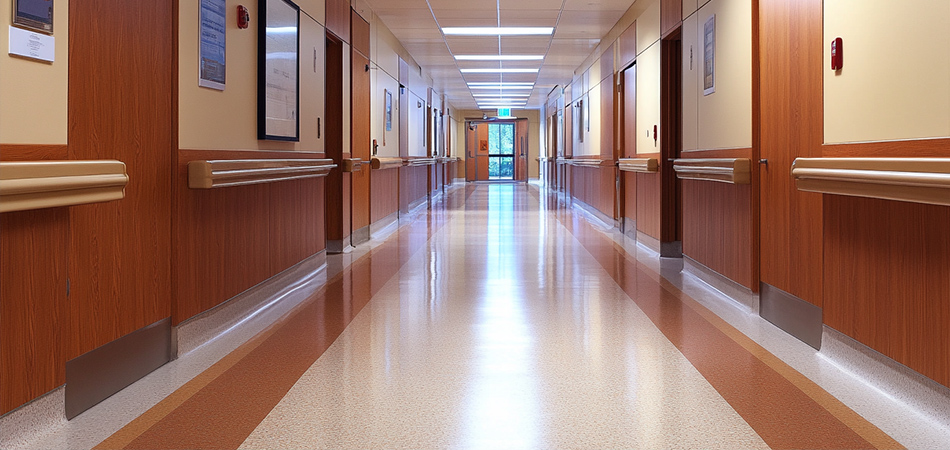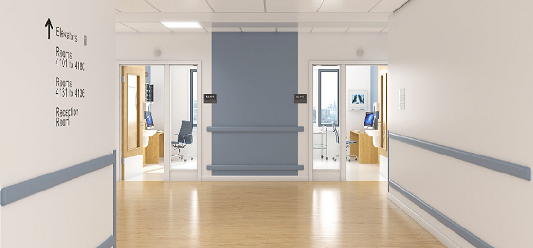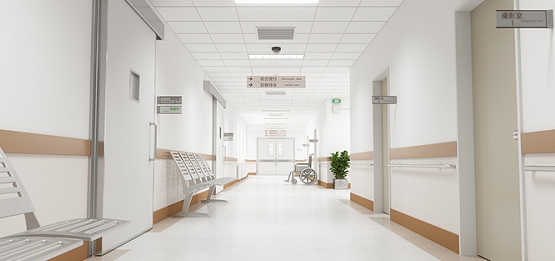 Service Hotline:13510328459
Service Hotline:13510328459
 205-206, 2nd Floor, Building 2, Xiazao Village Industrial Zone, Gaofeng Community, Dalang Street, Longhua District, Shenzhen City
205-206, 2nd Floor, Building 2, Xiazao Village Industrial Zone, Gaofeng Community, Dalang Street, Longhua District, Shenzhen City
 Service Hotline:13510328459
Service Hotline:13510328459
 205-206, 2nd Floor, Building 2, Xiazao Village Industrial Zone, Gaofeng Community, Dalang Street, Longhua District, Shenzhen City
205-206, 2nd Floor, Building 2, Xiazao Village Industrial Zone, Gaofeng Community, Dalang Street, Longhua District, Shenzhen City
Time:2025-09-01 Preview:
In hospitals, accessibility is not just a design choice—it’s a critical component of patient care. Every corridor, bathroom, and patient room must support users with diverse needs, from wheelchair users to elderly patients with limited mobility. A Hospital Accessible Handrail serves as a vital bridge, ensuring safety, independence, and dignity for all. Unlike generic handrails, which often overlook specific accessibility needs, these specialized solutions are engineered to adapt to varied physical capabilities and space constraints. As a leading provider of medical facility products, ECONLEY TECHNOLOGY specializes in crafting Hospital Accessible Handrail options, alongside complementary solutions such as elderly care home handrails, hospital curtains/screens, hospital curtain tracks, antibacterial resin panels, and custom antibacterial panels. Our focus on inclusivity ensures that hospitals can create environments where every user feels supported.

Generic handrails are designed for average users in public spaces, but hospitals serve a far broader range of needs. A Hospital Accessible Handrail addresses three key gaps that make it indispensable for medical environments.
First, universal usability is at its core. Wheelchair users require handrails mounted at a specific height to transfer safely, while patients with arthritis need grips that reduce strain. Post-surgery patients may rely on handrails to steady themselves during recovery, and children in pediatric wards need options that fit their smaller hands. A Hospital Accessible Handrail from ECONLEY adapts to all these scenarios: adjustable heights, textured grips, and ergonomic shapes ensure no user is excluded. In busy hospital corridors, this versatility means fewer accidents and greater confidence for everyone.
Second, safety in high-risk areas is non-negotiable. Bathrooms, rehabilitation zones, and emergency departments are prone to slips, trips, and falls—especially for users with mobility challenges. A Hospital Accessible Handrail is engineered to withstand frequent use and provide stable support, even in wet conditions. Its non-slip surface and secure mounting prevent wobbling or detachment, critical for moments when users depend on it most. For example, in a hospital bathroom, where moisture increases fall risks, our handrails offer a reliable anchor for patients transferring between wheelchairs and showers.
Third, compliance with accessibility standards protects both patients and facilities. Global guidelines, such as ADA standards in the U.S. or EN 14183 in the EU, mandate specific dimensions and features for hospital handrails. Generic handrails often fail to meet these requirements, exposing hospitals to legal risks and compromising patient safety. ECONLEY’s Hospital Accessible Handrail is designed to align with international standards, ensuring facilities remain compliant while prioritizing user needs.

What sets ECONLEY TECHNOLOGY’s Hospital Accessible Handrail apart is our commitment to user-centric design and practical functionality. We don’t just modify standard handrails—we create solutions tailored to the unique rhythms of hospital life.
First, adaptability to space constraints ensures seamless integration. Hospitals often have narrow corridors, tight corners, and irregular layouts. Our Hospital Accessible Handrail can be customized to fit these spaces: curved designs for rounded walls, compact profiles for narrow passageways, and continuous runs for long corridors. This flexibility means accessibility isn’t sacrificed for space, whether in a small community hospital or a large urban medical center.
Second, hygiene and durability meet medical demands. Hospital handrails are frequently touched, making infection control a priority. ECONLEY’s handrails feature non-porous surfaces that resist bacteria growth and are easy to clean with hospital-grade disinfectants. They also withstand daily wear—from bumps by stretchers to constant gripping—without fading, chipping, or losing functionality. This durability reduces maintenance costs and ensures long-term reliability.
Third, coordination with other hospital systems enhances overall accessibility. A Hospital Accessible Handrail works best when paired with complementary products. ECONLEY’s antibacterial resin panels, for example, create a cohesive, easy-to-clean environment alongside handrails. Our hospital curtains and tracks are designed to avoid blocking handrail access, while elderly care home handrails (used in senior wards) share the same accessible design principles. This integrated approach simplifies facility management and ensures consistent safety across all areas.

A regional hospital in eastern China recently upgraded its facilities with ECONLEY’s Hospital Accessible Handrail in corridors, bathrooms, and rehabilitation rooms. The hospital had previously used generic handrails, which patients with mobility issues found difficult to grip or reach. After installation, staff reported a 40% reduction in fall incidents, and patient surveys highlighted increased confidence in moving independently.
“The handrails in our rehabilitation ward have been transformative,” noted the hospital’s physical therapist. “Patients recovering from strokes can now practice walking with greater stability, and wheelchair users transfer more safely. It’s made our therapy sessions more effective and less stressful for everyone.”
In a pediatric hospital in Guangzhou, ECONLEY’s Hospital Accessible Handrail was installed with lower-height options and colorful, child-friendly designs. Parents observed their children gaining independence, while nurses appreciated the easy-to-clean surface. “Kids actually want to hold onto the handrails now,” said the pediatric ward manager. “It’s a small change that makes a big difference in their hospital experience.”
For hospitals prioritizing inclusivity and safety, ECONLEY TECHNOLOGY’s Hospital Accessible Handrail offers three key advantages:
User-Centric Design: Every handrail is engineered to support diverse needs, from wheelchair users to children, ensuring no one is left behind.
Compliance and Durability: Meets global accessibility standards and withstands hospital demands, reducing risks and maintenance costs.
Integrated Solutions: Works seamlessly with ECONLEY’s other products to create cohesive, accessible environments.
Whether renovating existing facilities or building new ones, ECONLEY’s Hospital Accessible Handrail delivers the reliability and inclusivity hospitals need to provide exceptional care.
